After my first book, The Outdoor Museum: The Magic of Michigan’s Marshall M. Fredericks (Wayne State University Press, Great Lakes Books, 2001) was published, I sat down with my editor at Wayne State and outlined my vision for a series — well-researched books covering the treasures in Detroit that would appeal to both adults and children. As it was soon going to be the Pewabic Pottery’s 100th anniversary, my editor suggested that be my next subject.
I started the research but, at the time, the Pewabic Pottery had gone through some upheaval and ownership changes and Pewabic’s ‘Day Books’ were held by a private individual. I was only able to access Pewabic archives at the library on microfiche, and for weeks, I was dizzy looking through a projector’s lens trying to record what was on those films.
The research became much more fun as I started wandering around the city and suburbs, taking photos and recording Pewabic installations in schools and churches, on bridges, decorating the exteriors and interiors of public buildings and private homes as disparate as the Detroit Institute of Arts to the Henry Ford Model T plant. I found them on fireplace surrounds, decorating Kindergarten fish ponds, drinking fountains, as floor tiles and step risers, as sopraportes over the doors of classrooms, on the ceilings and walls of churches, museums and businesses.
Over a century, the Pewabic Pottery had evolved to become a non-profit educational institution, and there were also new installations popping up all over the tri-county area. My own personal favorites are the tiles at Comerica Park. But mostly, I was enthralled by the historic installations, many of which were in danger of being lost. Many schools had closed; some buildings had been abandoned. It was my aim to record their existence, and hopefully to help save them from being destroyed.
I spent several years doing the research and I was finally ready to submit my manuscript to WSU Press. However, unlike a trade press, a University Press expects the author to have already received photographic permissions, as well as provide any art if needed. I had a hard deadline since the book needed to be published prior to the Pottery’s centennial.
My first illustrator, Christine Collins Woomer, had done a beautiful job illustrating my book on Marshall Fredericks, but she had moved on to other projects and I was stuck. A chance conversation with my childhood friend Deborah Hecht — a ceramic and mixed-media artist who had her own experience working with Pewabic — proved fortuitous. When she said she would have to call me back because her mom had just walked into the house, I asked Deborah if I could talk to her.
It might have been a bit presumptuous on my part. Her mom was a well-known and well-respected artist who was represented at galleries and commanded high prices, but Majorie Hecht Simon picked up the phone. While I asked her if she might be interested in illustrating a book on Pewabic Pottery with me — if I could just meet with her the next day and show her my project — Deborah showed her my previous book.
Armed with my manuscript and hundreds of photos, I met Marjorie and her husband in their kitchen. I warned her that she wouldn’t make any money (the royalties at a University Press are outrageously low and Marjorie’s paintings fetched top dollar), but that it would be a “gift to the city.” That’s how I felt about the books I was writing. Her husband Erwin “Simie” Simon was with me from the outset — and he teased Marjorie that she’d beat her best friend Irene Walt in being published since my manuscript had already been approved for publication. She seemed intrigued, and I promised I’d work with her every step of the way to determine what would be needed on each page.
I had been accustomed to working long-distance with my last illustrator, and that collaboration had taken eight months, but since Marjorie was already 80 years old, I anticipated that we’d be collaborating for close to a year. But that’s not what happened.
Marjorie had illustrated children’s fashion in newspapers decades earlier. She had a keen eye and a quick brush. Her watercolors captured the essence of each installation we chose to highlight, but each one also stood out as a beautiful painting on its own. To my surprise — not hers — she completed all the illustrations in her home studio in a couple of months.
Fired Magic: Detroit’s Pewabic Pottery Treasures was published in 2003, with a launch event at the Detroit Public Library. There guests were allowed, five at a time, to view Shakespeare’s The Ages of Man — the mosaic-tiled ceiling in the loft of the library, designed by Pewabic co-founder Mary Chase Stratton — no longer open to the public due to safety concerns.
WSU Press did not anticipate the book’s quick success, and the hardcover sold out at the launch. There followed many other book events, but I think Marjorie was most proud of showing her works at the library’s art gallery in Huntington Woods, where she had lived for over 40 years — and would remain a resident 20 more, until she was almost 102.
Not many 80-year-olds would have been up to the challenge of capturing the color, texture, design and diversity of ceramic tile in watercolor. And not many established artists would have been willing to paint 40 illustrations for close to zero recompense. Marjorie did indeed create a gift to the city — and how lucky I was to have collaborated with her.
Marjorie Hecht Simon passed away at her home in Huntinton Woods on July 27, 2023.
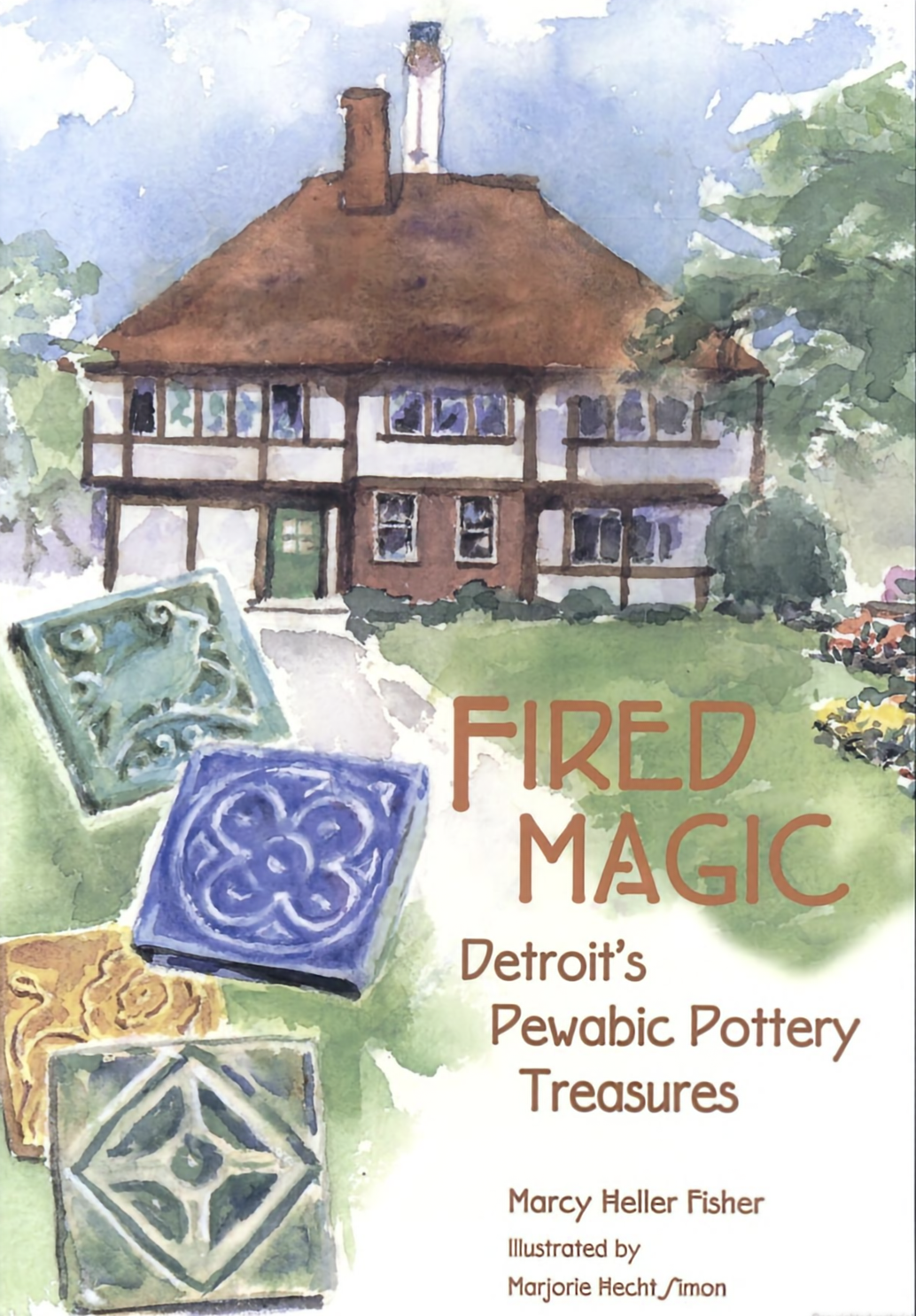
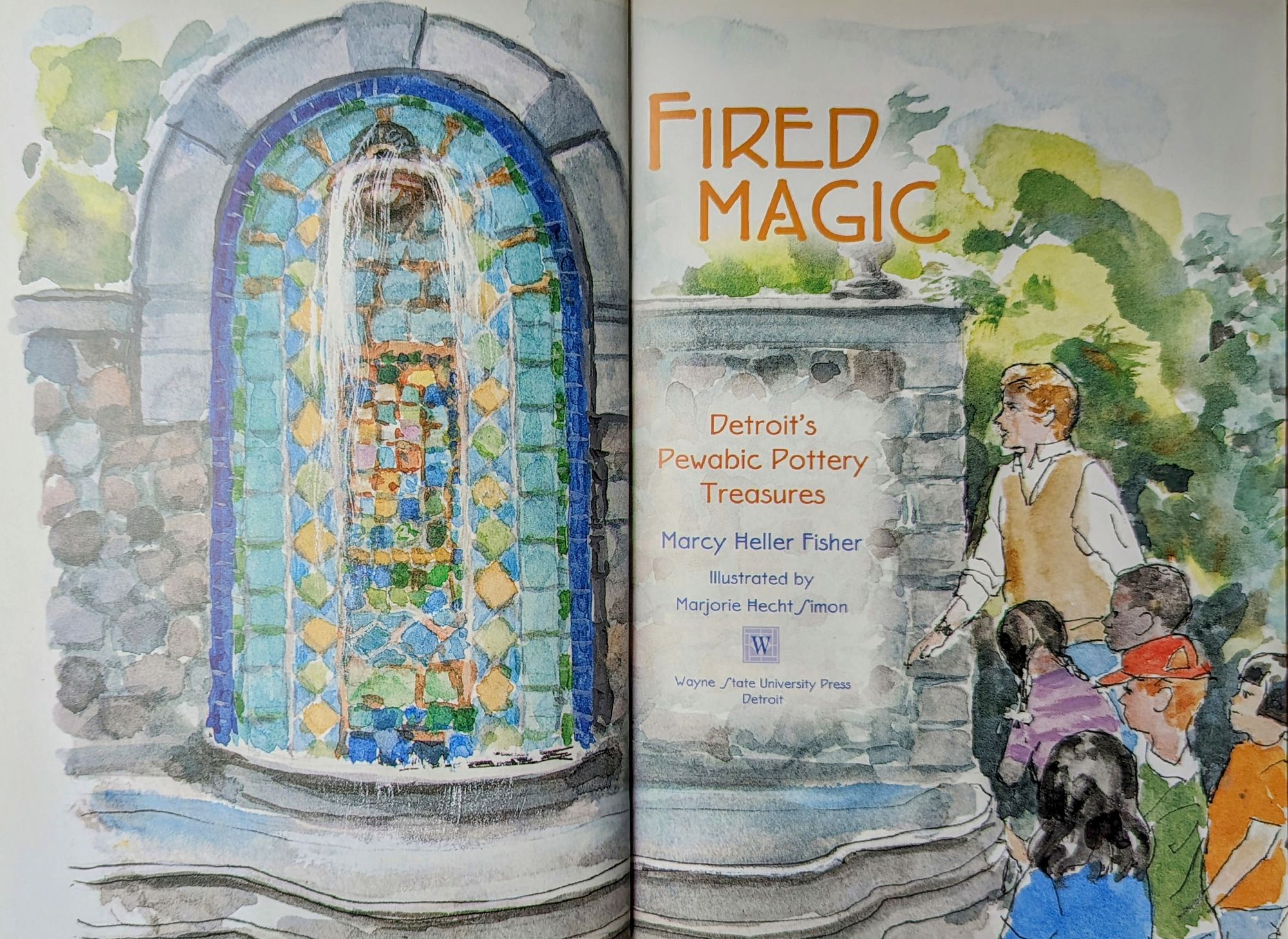
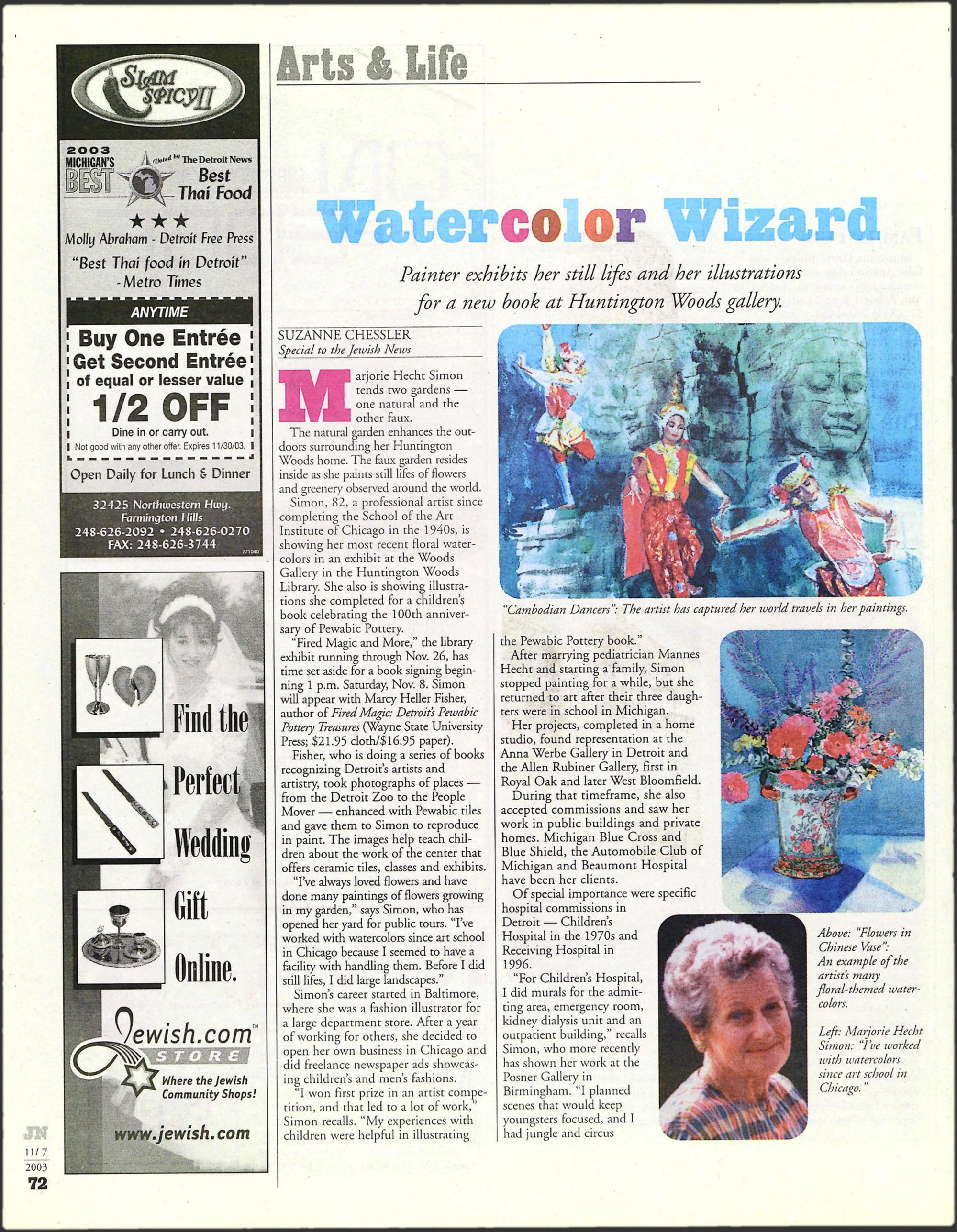

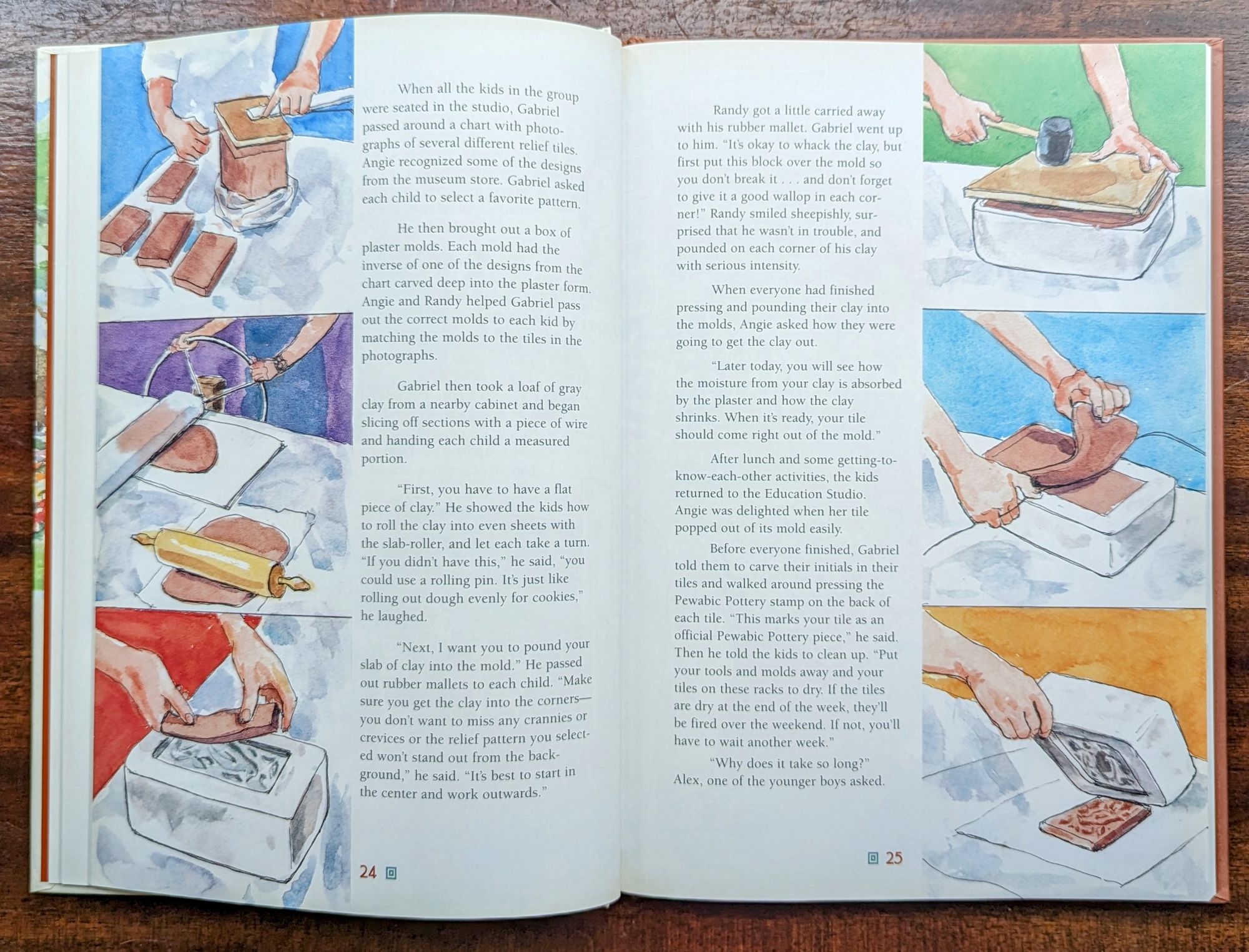

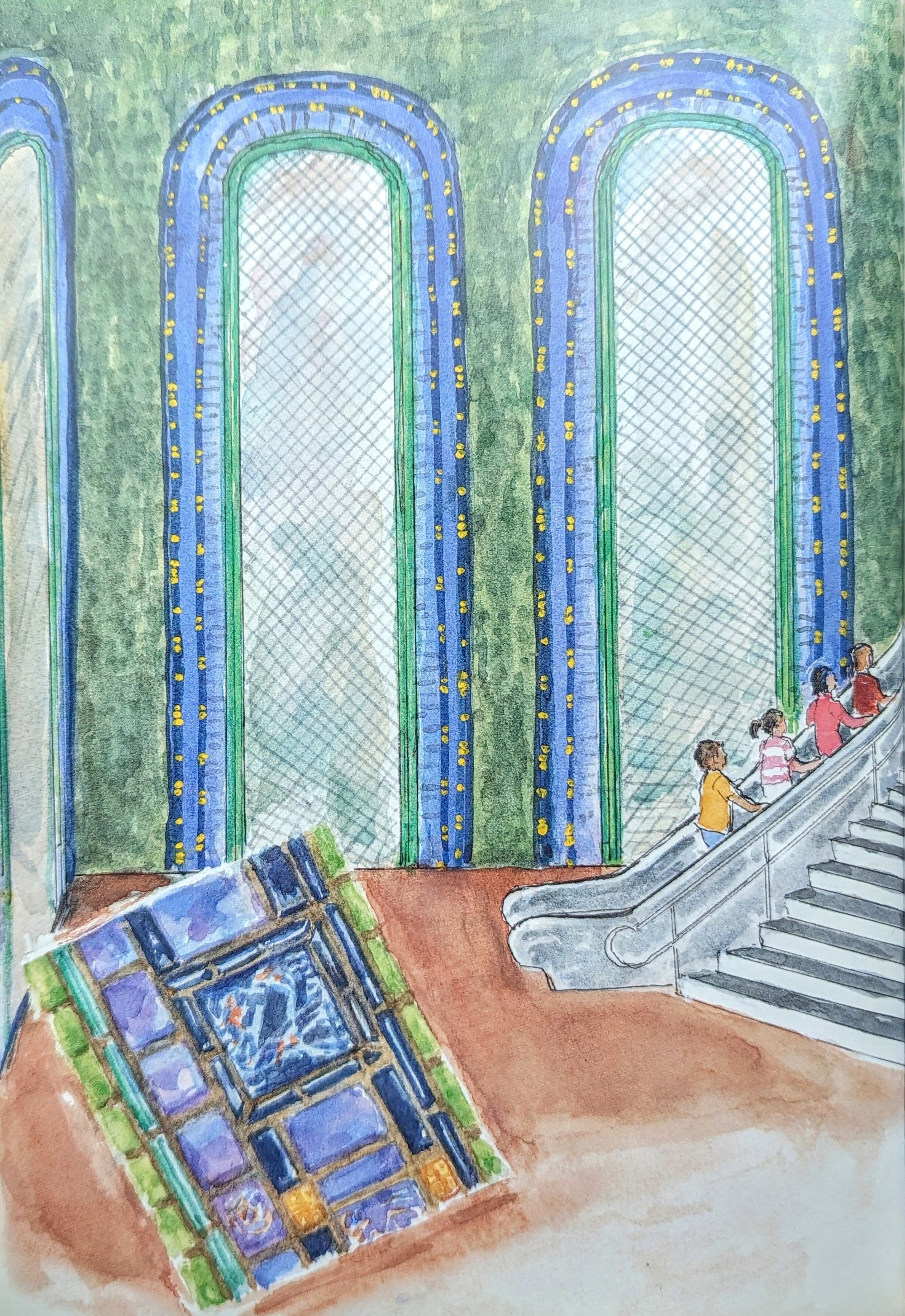

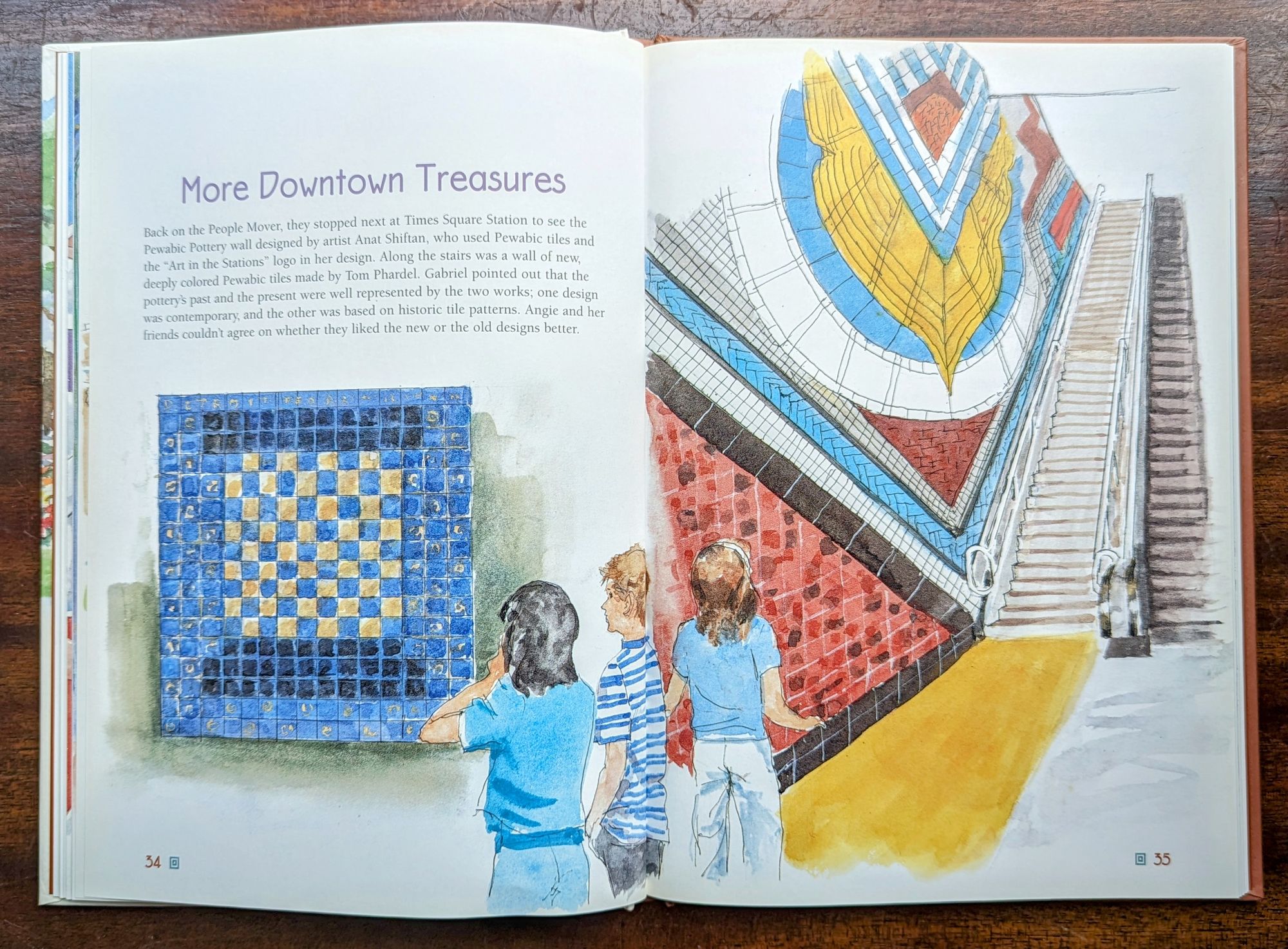
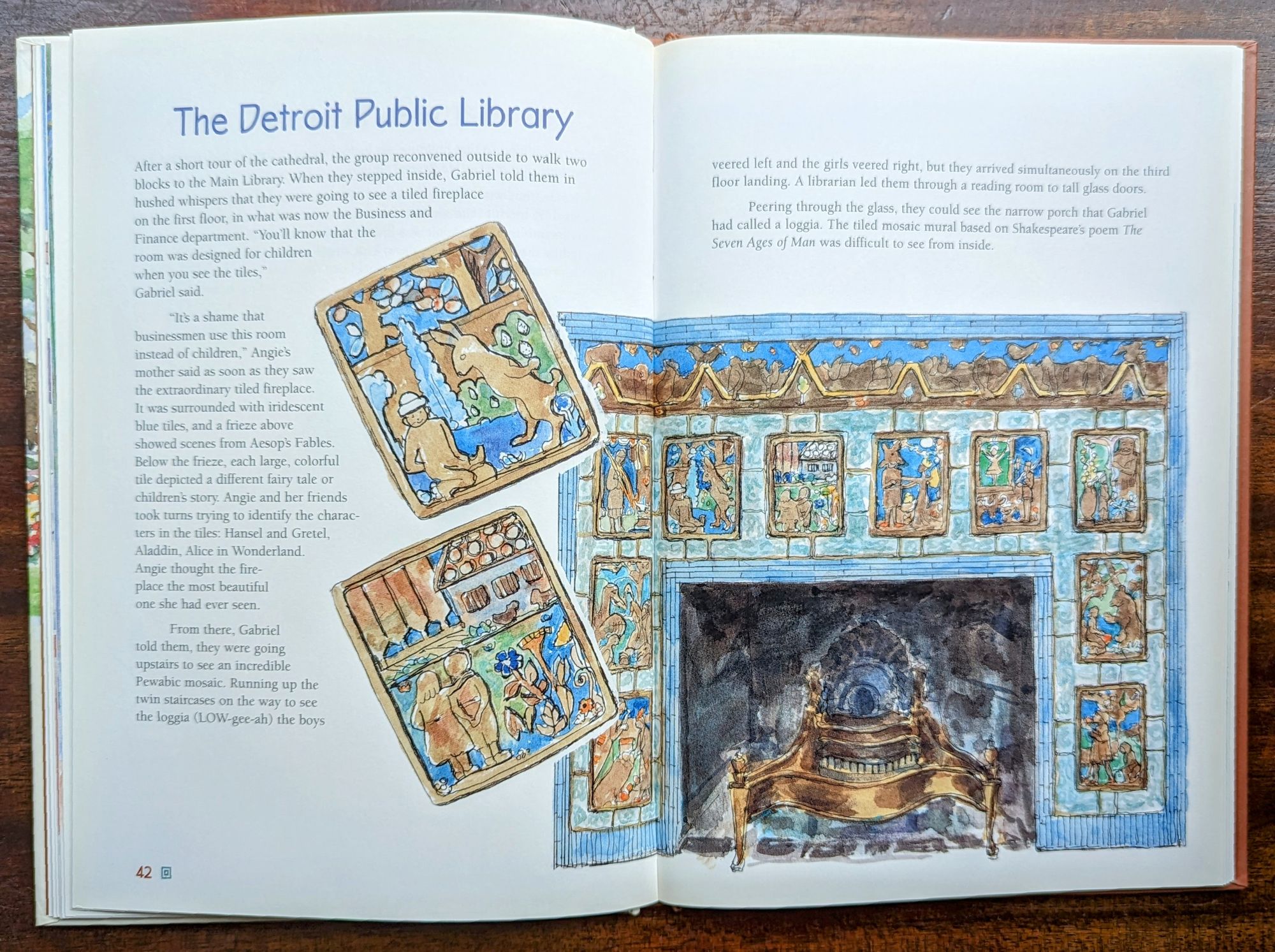
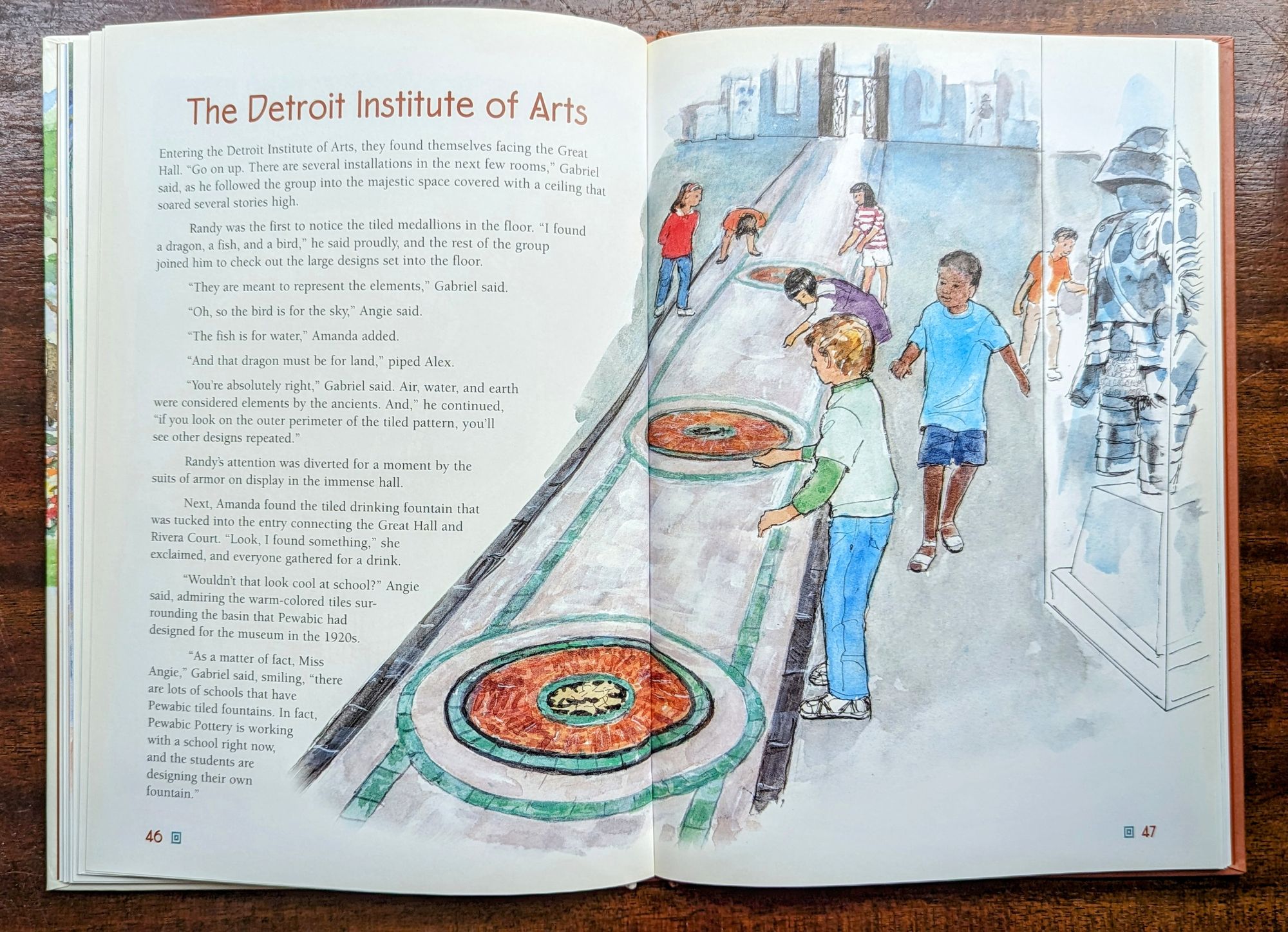
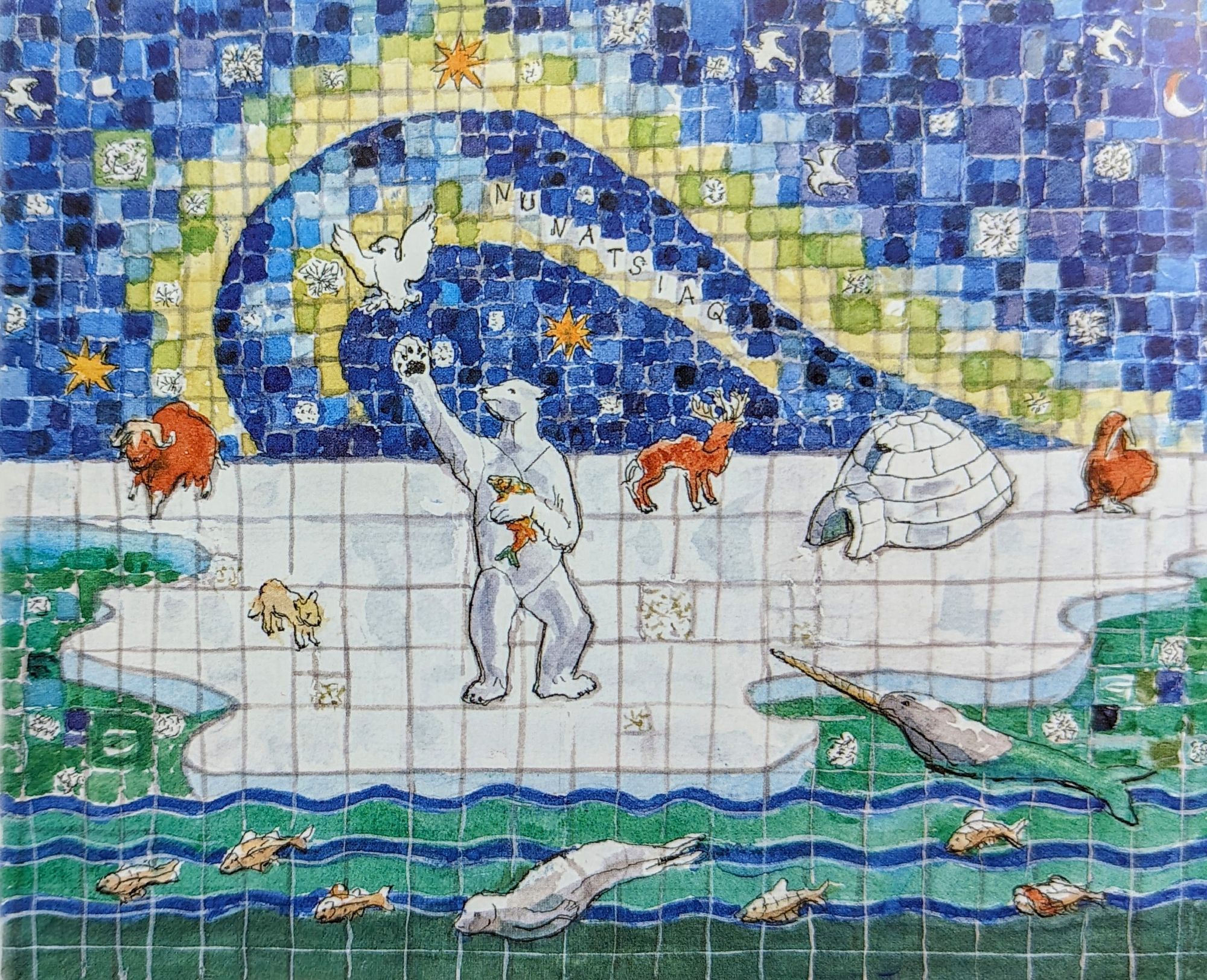
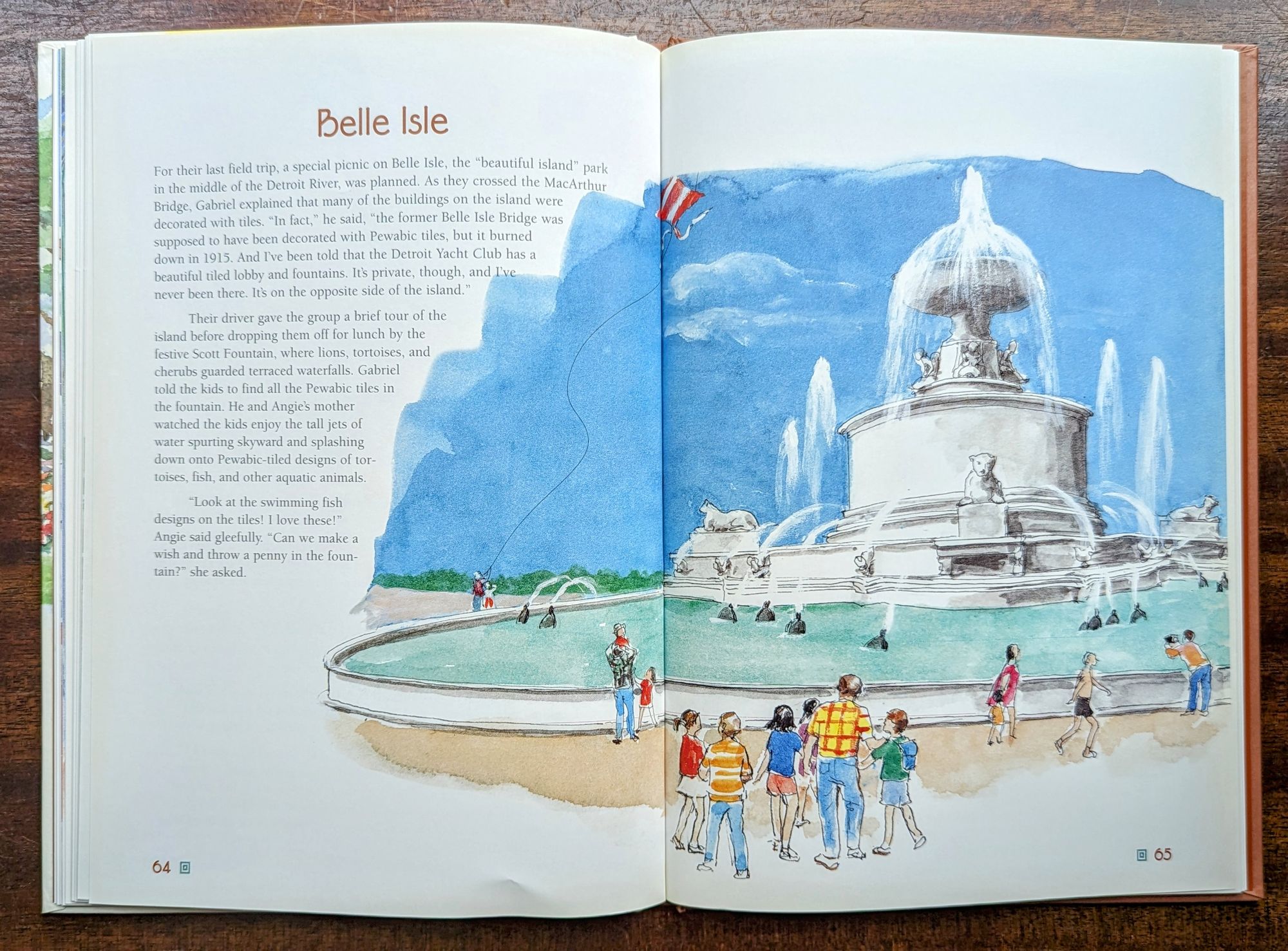
Comments
Sign in or become a Nu?Detroit member to join the conversation.
Just enter your email below to get a log in link.